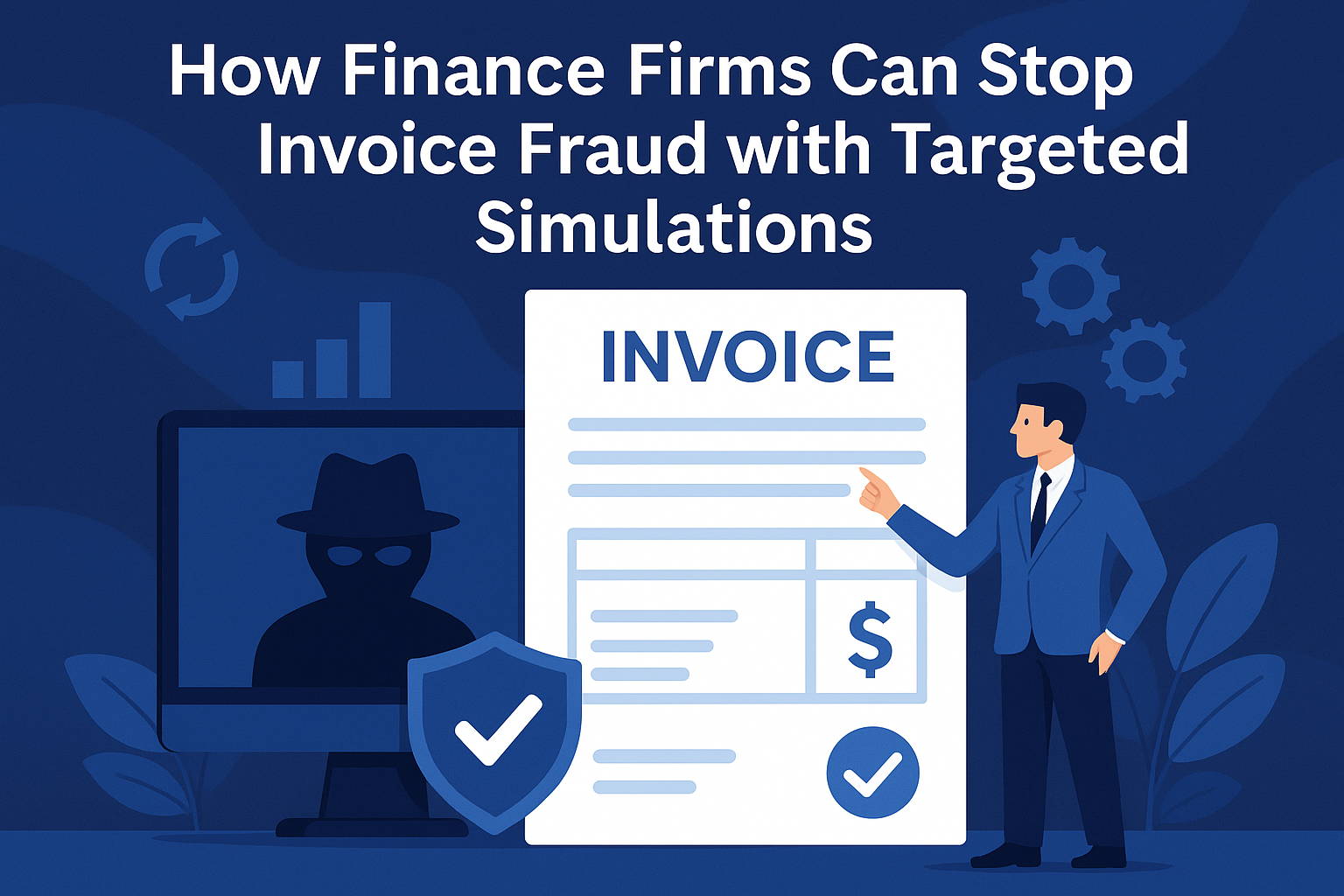Apps
Some of the Best Futures Features to Look For

Futures are contracts that involve buying or selling a specific commodity or financial instrument at a future date. The commonly traded instruments in future exchanges involve oil, gold, and agricultural products along with financial instruments such as stock indices and currencies.
In order to make the best out of future trading, one must know some of the key aspects of futures trading. This is exactly what we’re going to do in this blog. We’ll learn about some of the best features of futures.
Best Futures Features to Look For
The price of the specific underlying asset is predetermined to be traded in the future. The buyer is required to purchase or the seller to sell the underlying asset at the set price at the expiration date no matter the current market price.
The contracts in futures exchanges are standardized by quantity, quality, and asset delivery. This makes trading them on futures possible. Futures can be complex and may involve significant risk, so it requires a good understanding of the market and risk management strategies. You can trade them on any futures trading app.
Some of the best features of futures contracts include:
1. Standardization
Futures contracts are standardized agreements to buy or sell a specific quantity and quality of an asset at a set price on a future date. This standardization ensures uniformity, making it easier for participants to understand contract specifications and trade efficiently. Standardization includes contract size, delivery dates, tick size, and grade/quality of the underlying asset. You can also use an F&O screener to find the suitable contract.
2. Convenient Pricing
Futures pricing is easy to understand. Under the cost-of-carry pricing model, the futures price should be the same as the current spot price plus the cost of carrying the underlying asset until the maturity of the futures contract.
3. Liquidity
Liquidity refers to how easily assets can be bought or sold in the market without affecting the asset’s price. High liquidity in major futures markets for underlying assets like crude oil, gold, or stock indices, ensures that traders can enter and exit positions quickly and with minimal slippage.
4. Great Leverage and Profitable Investment
Futures contracts typically require a margin deposit, which is a fraction of the total contract value. This means traders can control large positions with a relatively small amount of capital. Leverage amplifies potential returns on investment, making futures an attractive option for profitable investment to traders looking to maximize their capital efficiency.
5. Transparency
Transparency in futures markets means that trading information is readily available to all participants. Published data on prices, volumes, and open interest promotes an informed trading environment, reducing information asymmetry. Market participants can access real-time data through exchanges and financial news platforms.
6. Diversification
Diversification involves spreading investments across various assets to reduce risk. Futures contracts cover a wide array of underlying asset classes, including commodities, stock indices, currencies, and interest rates, allowing investors to diversify their portfolios. By including futures, investors can achieve better risk-adjusted returns.
Conclusion
Features as such make futures an attractive and powerful tool for various trading, investment, and risk management strategies. Their leverage, liquidity, standardization, and role in price discovery, along with their regulated nature and risk management capabilities, contribute to their widespread use in global financial markets. To trade in derivatives, open an account with Dhan.
-

 Tech1 year ago
Tech1 year agoHow to Use a Temporary Number for WhatsApp
-

 Business2 years ago
Business2 years agoSepatuindonesia.com | Best Online Store in Indonesia
-

 Social Media1 year ago
Social Media1 year agoThe Best Methods to Download TikTok Videos Using SnapTik
-

 Technology1 year ago
Technology1 year agoTop High Paying Affiliate Programs
-

 Tech10 months ago
Tech10 months agoUnderstanding thejavasea.me Leaks Aio-TLP: A Comprehensive Guide
-

 FOOD12 months ago
FOOD12 months agoHow to Identify Pure Desi Ghee? Ultimate Guidelines for Purchasing Authentic Ghee Online
-

 Instagram3 years ago
Instagram3 years agoFree Instagram Auto Follower Without Login
-

 Instagram3 years ago
Instagram3 years agoFree Instagram Follower Without Login




















